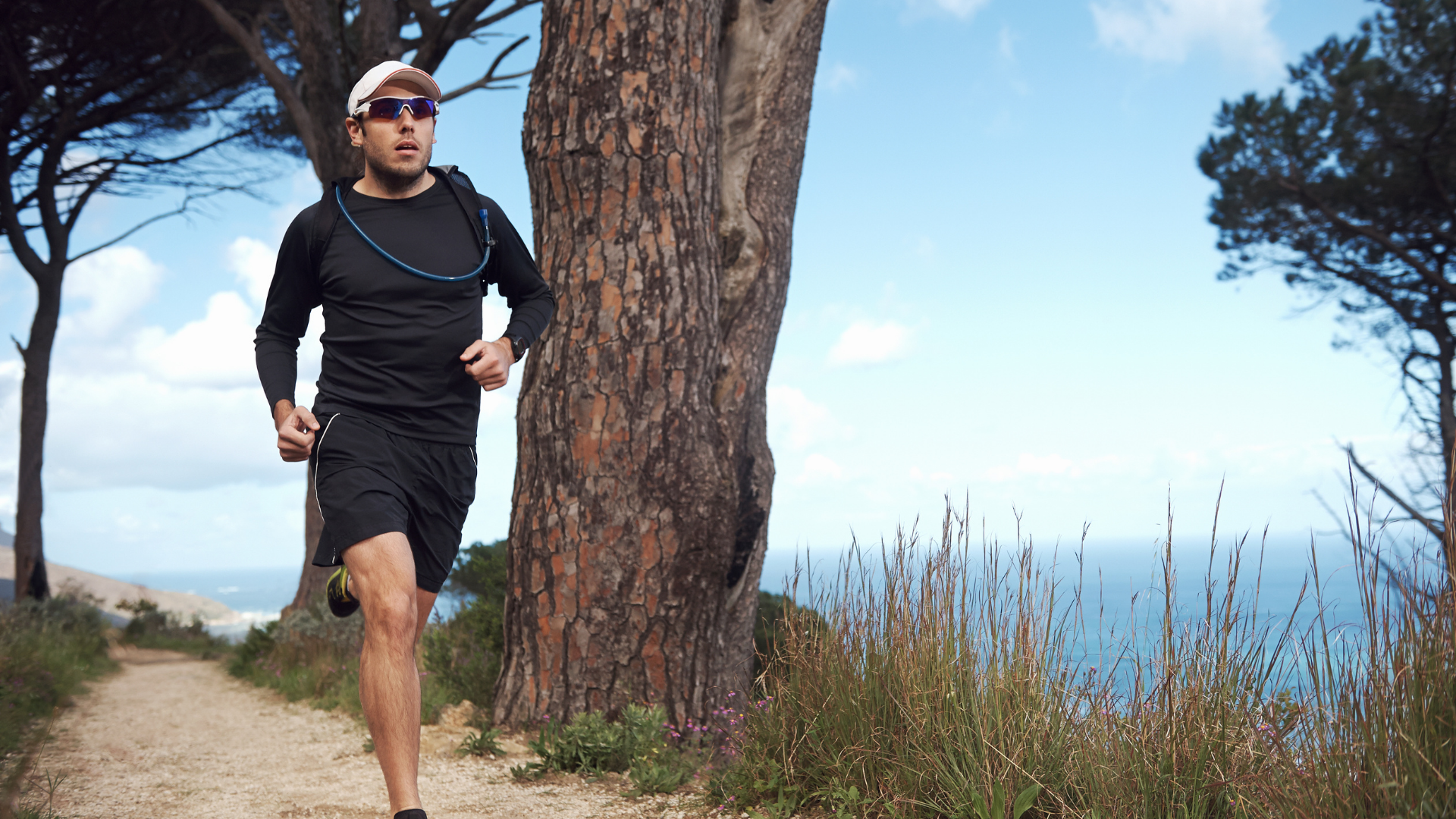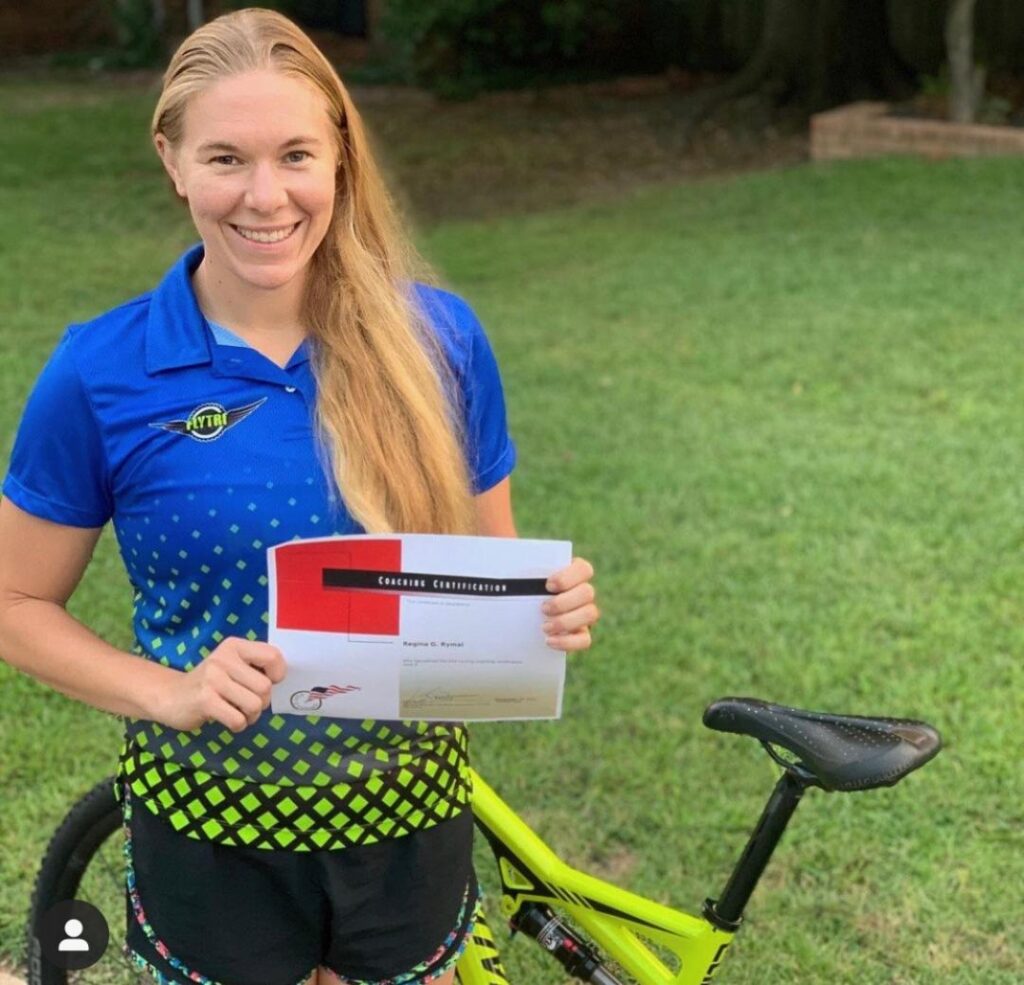
Why Every Runner Needs Trails in their Training Plan
By: Gina Rymal
Why Every Runner Needs Trails in their Training Plan
BY GINA RYMAL
As featured in TrainingPeaks.
Trail running is a great way to mix up your training—and it comes with lots of long-term benefits for your running.
When running trails or off-road, runners can add many benefits to their existing running program. Whether they are training for a road race, triathlon, or just enjoy running for the sport of it—changing up the terrain for a runner offers everything from better cushioning on the joints to improved stability. Even with a few short runs off-road throughout the month, runners can gain the paybacks of trail running. Plus, trails do not have to be super technical or challenging to still see the rewards of a few landscaped runs.
Improve Technique
Running on the trails will help runners build a stronger and enduring run technique for when fatigue sets in or when Ironman distance races get dark. Trail running forces one to pick up the foot and land each step with more precision since there are rocks, roots, step-ups, and obstacles one must traverse without tripping or stubbing the toe. The terrain also improves the knee drive and hip lift, as one has to pick up the foot higher and the back foot tends to stay on the ground longer. This transfers over to road running quite easily as the form is improved through enhanced balance, foot-to-eye coordination, agility, and navigation. These benefits are seen at the end of a long race or run where runners start to fatigue or lose focus and runners need to be able to maintain a good form even when tired.
Build Strength
Off-road running is also a fantastic strength building method for the legs and the cardio-respiratory system. Most natural trails are hilly, twisty, have uneven terrain, and are cambered differently than the roads and flat sidewalks. This variation in terrain and elevation offers a greater impact on the leg muscles—predominantly the quads, calves, and small stability muscles throughout the legs—and provides an interval style workout for the lungs as one climbs up and down the trails. This will translate to a faster pace with a lower heart rate average over time when running back on the road. Basically, running off-road uses more muscles (including the upper body and core for balance and leverage) than road running and is more taxing on the heart and lungs giving a runner more bang for his buck.
Prevent Injury
Improving balance and preventing injuries is important to any runner. Running is very much a repetitive motion and uses limited muscles in the same frontal plane of movement (forward motion). Road running allows runners to gain speed and to be sure-footed knowing the road or sidewalk is predictably flat and even. When off-road running, runners gain stability in the ankle, knees, and hips as they learn to be reactive to landing on or around rocks, roots, slanted earth, or debris. Each trail offers something unique and can change with the seasons or weather – sand, pine cones, rocks, clay, etc. and muddy or dry, fall leaves or fresh grass, etc. all respond differently under a foot step. This variation in running helps engage more of the secondary and stability muscles used for running (i.e. the glutes), improves runners’ proprioception (the body’s ability to know where it is in space), and increases ankle stability in the plantar-, dorsi-, and lateral-flexion of the foot.
Casual running off-road – even on a grassy field versus a road – can help in preventing injuries to the joints, ligaments, and connective tissues. Since off-road surfaces tend to be a bit more forgiving than asphalt and concrete, the body is able to better and more naturally absorb the impact of the continuous stepping and pounding it takes to the ankles, knees, hips, and spine. Moreover, the constant need for stabilizing over the newly found obstacles the connective/soft tissues and bones are strengthened with each step.
Give Your Brain a Break
Trail running requires your attention to and focus on running. A lot of runners appreciate the solitude and ease of running but it can be too easy to get in a zone and just run not seeing any real progress or improvement for a long time. Trail running forces the runner to stay in the moment, visualize each step, re-learn pacing, and stay grounded in the surroundings. Getting distracted by the thoughts and woes of the day can lead to falling, getting lost, or rolling an ankle consequently being aware of the course and ability is a good change on the brain to just let things go and run. But even more so, is the huge advantage of running outside in the fresh air and being one with nature. Making the brain work and focus brings back the joy of the running sport. Nature has its own therapeutic methods for things like depression, mental health, cognitive support, boredom, and headspace that a treadmill or a busy path cannot offer.
If you are a lifelong recreational runner or are aiming to qualify for the Boston Marathon then you should include a few trail runs in your running schedule. Your mind and body will thank you! Here are a few tips to help get started:
- If your nature trails or paths share traffic with mountain bikes be sure to run the trails in reverse; know the rules and maps/distances for each trail individually as no two trails are the same.
- Invest in a trail-rated shoe or at least a pair of tight-fitting shoes with a hard sole that won’t tear or allow your foot to over arch on the rough terrain and rocks/roots and wear tall socks to protect against poison ivy and ticks.
- Like any new sport, start slow and easy—do not be afraid to walk the technical sections and keep the intensity low and duration short until you learn the footing and technique to trail running.
- Know the weather and sunset times—trails get darker and colder faster than open spaces; be reasonable with pacing expectations and do not expect to carry the same averages as on the road.
- Stay safe—go with a buddy or a dog, carry your cell phone, and tell a friend or family member your plans.
Most of all, have fun and let your next run be an adventure!

Coach Gina is a USA Cycling, US Masters Swimming, and TrainingPeaks Level 1 Coach. As a coach I love helping people find their finish lines and helping athletes work through the mentally and physically hard parts of training to meet their goals.



